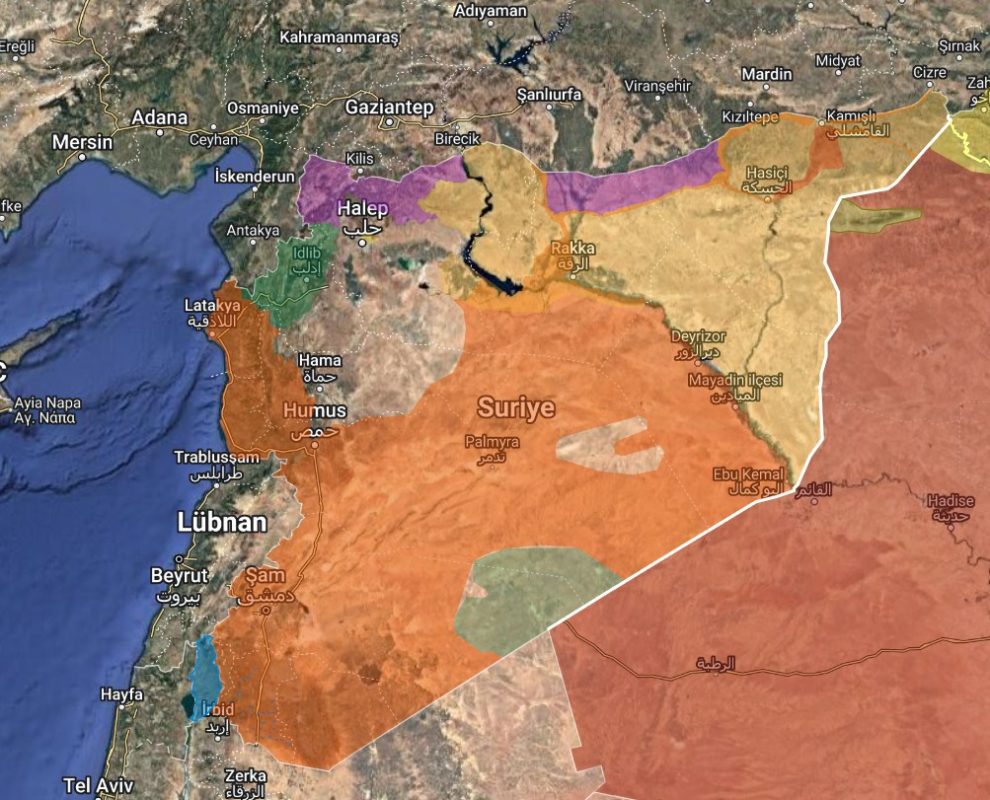In a significant development, the Syrian Ports Authority announced on Monday that more than 100,000 Syrian refugees have returned to their homeland from Turkey over the past two months, following the fall of President Bashar al-Assad’s regime in December 2024. The returnees are arriving through various border crossings, marking the beginning of what is expected to be a larger movement of Syrians coming back to rebuild their lives after years of exile.
According to Mazen Alloush, the director of public relations for the Syrian Ports Authority, a total of 100,905 individuals have crossed back into Syria through multiple entry points. The Bab al-Hawa crossing, which received the largest number of returnees, saw 49,485 people, while 35,834 entered via the al-Salama crossing. Other crossings, including Kasab, al-Hamam, and Jarablus, also contributed to the return wave.
The Syrian government has facilitated the return process, exempting returnees from fees on luggage and property. In addition, the government has provided humanitarian aid, medical services, and other essential support to the newly arrived returnees.
A Broader Return Movement Across Borders
The Syrian Ports Authority announced on Monday that over 100,000 Syrian refugees have returned from Turkey in the past two months, following the fall of Bashar al-Assad’s regime in December 2024.
Mazen Alloush, the authority’s public relations director, stated that 100,905 returnees crossed into Syria through various border points. The Bab al-Hawa crossing received the largest number, with 49,485 returnees, followed by 35,834 at the al-Salama crossing. Thousands more returned via the Kasab, al-Hamam, and Jarablus crossings.
Alloush highlighted that the government had provided extensive support for the returnees, including waiving fees on luggage and personal property, and offering humanitarian aid and medical services upon their arrival in Syria.
Large Return Movements at Other Crossings
In addition to the returnees from Turkey, other Syrian border crossings also saw a significant influx. The Jdeidet Yabous crossing from Lebanon saw 627,287 travelers, while 174,241 returned through the Nassib border with Jordan. More than 5,460 citizens also crossed through the Albukamal border with Iraq.
Beyond the return from Turkey, other border crossings into Syria have also seen a notable influx of refugees. The Jdeidet Yabous crossing with Lebanon has welcomed 627,287 travelers, while the Nassib border crossing with Jordan saw 174,241 individuals cross back into Syria. A smaller yet significant number of returnees, approximately 5,460 citizens, have entered through the Albukamal crossing with Iraq.
Alloush also mentioned that the Syrian border crossings have been receiving a steady flow of relief, journalistic, and diplomatic delegations, with many coming to offer support and assistance to the Syrian people.
UN Efforts to Assist Returning Refugees
The United Nations High Commissioner for Refugees (UNHCR) reported that 270,000 Syrian refugees have returned to their home country since the regime change in December. The UN noted that efforts to facilitate the safe and dignified return of refugees continue, alongside ongoing humanitarian and logistical support for those coming back.
It’s important to remember that more than 13 million Syrians were displaced or sought refuge abroad during the years of conflict, including 6.5 million refugees scattered across countries such as Turkey, Lebanon, Jordan, and Europe. With Syria’s political situation stabilizing, the country is seeing an increasing number of refugees returning, eager to rebuild their lives at home.
The broader international community has continued to monitor the situation in Syria, especially as political stability begins to return to the country. With over 13 million Syrians displaced during the course of the civil war—6.5 million of whom sought refuge in neighboring countries like Turkey, Lebanon, and Jordan—the trend of refugees returning to Syria is expected to increase in the coming months.
The gradual restoration of security and stability in Syria presents an opportunity for many displaced Syrians to return and rebuild their lives. However, challenges remain in terms of rebuilding infrastructure, restoring livelihoods, and ensuring that returning citizens can reintegrate into their communities effectively.
As the Syrian government and international agencies continue to work together, the large-scale return of refugees is seen as a key step towards Syria’s post-conflict recovery.
In addition to the returnees, Syria has seen an influx of international delegations and relief efforts. Humanitarian convoys, diplomatic representatives, and journalists have arrived in Syria to provide support, cover the return process, and assist in rebuilding efforts for displaced Syrians.
United Nations Involvement
The United Nations High Commissioner for Refugees (UNHCR) confirmed that since the fall of Assad’s regime, approximately 270,000 Syrian refugees have returned to their country. The UNHCR emphasized that international efforts are ongoing to ensure a safe, voluntary, and dignified return for all refugees. Humanitarian and logistical support is being provided to ease the process and ensure the well-being of returnees.
Alloush also mentioned that the Syrian border crossings have been receiving a steady flow of relief, journalistic, and diplomatic delegations, with many coming to offer support and assistance to the Syrian people.
UN Efforts to Assist Returning Refugees
The United Nations High Commissioner for Refugees (UNHCR) reported that 270,000 Syrian refugees have returned to their home country since the regime change in December. The UN noted that efforts to facilitate the safe and dignified return of refugees continue, alongside ongoing humanitarian and logistical support for those coming back.
It’s important to remember that more than 13 million Syrians were displaced or sought refuge abroad during the years of conflict, including 6.5 million refugees scattered across countries such as Turkey, Lebanon, Jordan, and Europe. With Syria’s political situation stabilizing, the country is seeing an increasing number of refugees returning, eager to rebuild their lives at home.
The broader international community has continued to monitor the situation in Syria, especially as political stability begins to return to the country. With over 13 million Syrians displaced during the course of the civil war—6.5 million of whom sought refuge in neighboring countries like Turkey, Lebanon, and Jordan—the trend of refugees returning to Syria is expected to increase in the coming months.
The gradual restoration of security and stability in Syria presents an opportunity for many displaced Syrians to return and rebuild their lives. However, challenges remain in terms of rebuilding infrastructure, restoring livelihoods, and ensuring that returning citizens can reintegrate into their communities effectively.
As the Syrian government and international agencies continue to work together, the large-scale return of refugees is seen as a key step towards Syria’s post-conflict recovery.
Source: zamanalwasl.net






